What Is Radial Composition & How Can It Help Create Stronger Images?
Photography is still a growing industry, with many people finding interest in the art. Sure, camera sales might be in decline, but photography itself is thriving.
There are many reasons why photography remains a popular hobby and career; it is a way to capture a great frame and be a valuable marketing tool for professionals and businesses.
Understanding the various techniques and concepts used to draw attention to a subject in a photograph is crucial.
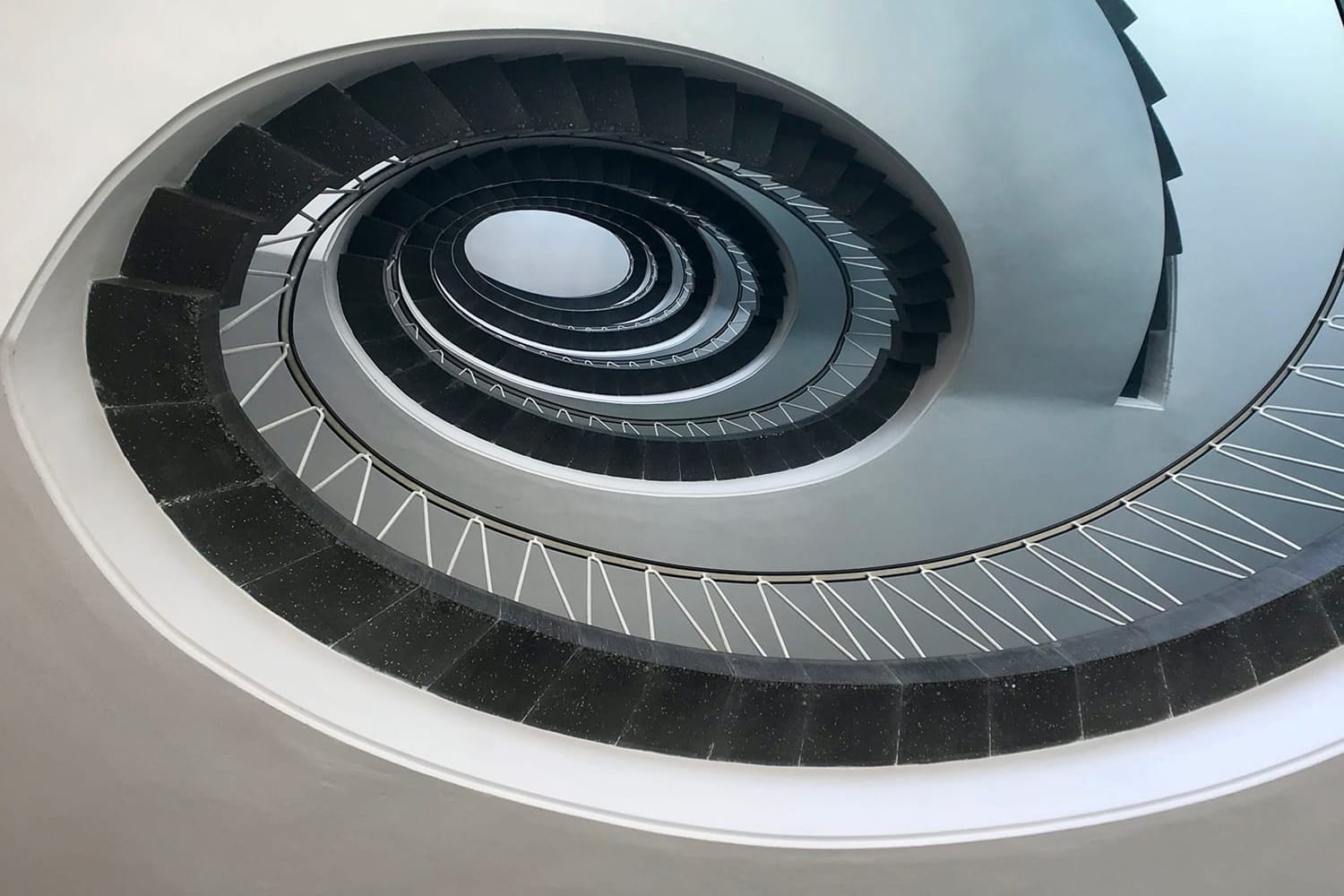
With that said, let’s take a closer look at what radial composition is and how it can create stronger images.
What Is Radial Composition?
Radial composition is a technique that can be used to provide a better balance and symmetry in a photograph. Learning how to take advantage of radial composition can add unique elements to a picture and help make it stand out from the crowd.
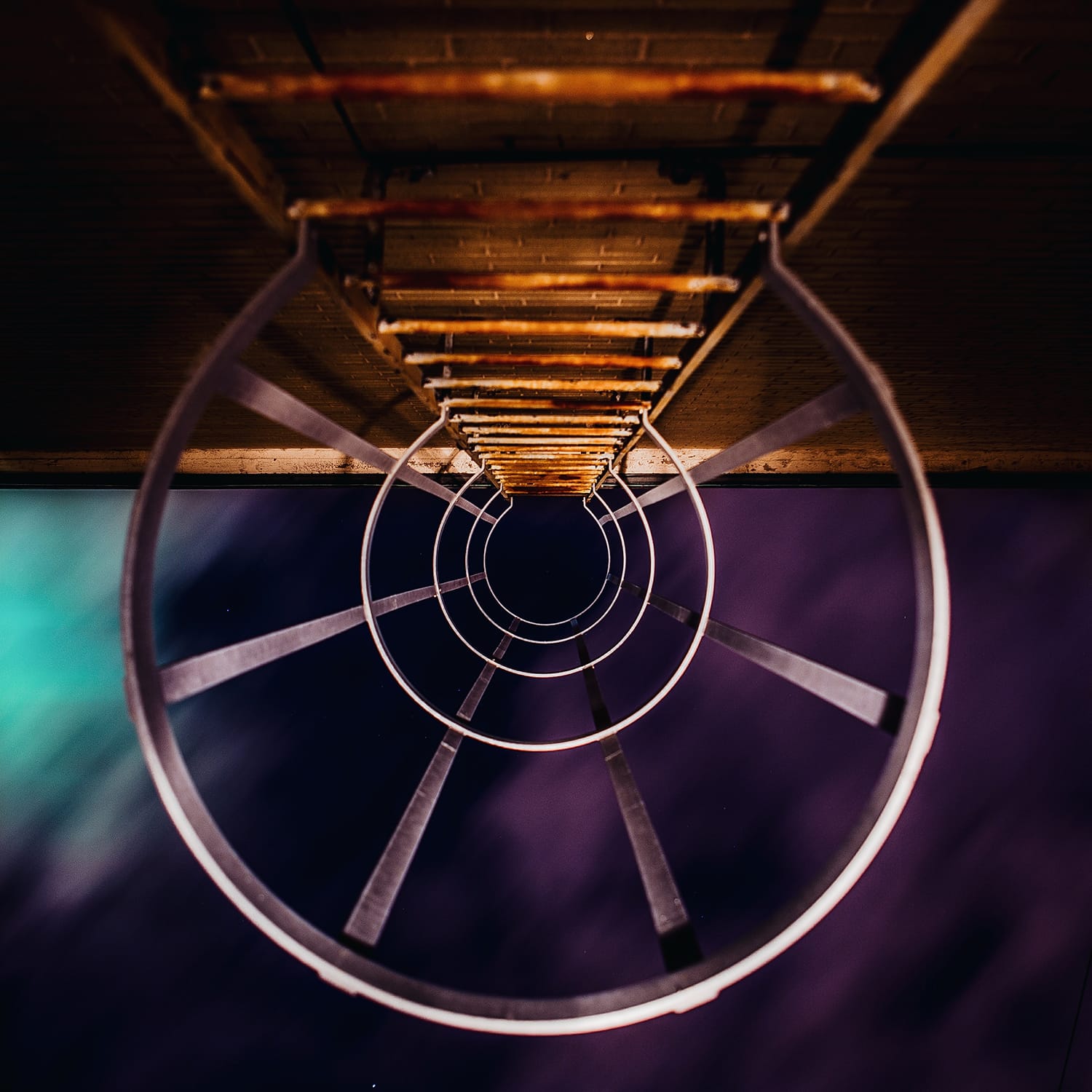
The technique takes advantage of radiuses or round shapes found in a frame. Radius is a term that describes a specific distance between the outer region and the center of a circular shape.
In photography, it can refer to a wide variety of subjects. A flower is a good example of a radial composition in photography. The flower head sits at the circle’s center, with the petals radiating out from this point. Wheels are often used in radial composition, too. The spokes of the wheel radiate out from the center point of the wheel.
How To Take Advantage Of Radial Composition
There are different ways to use radial composition in photography. Learning how to identify radial composition opportunities can make a significant difference in the end result.
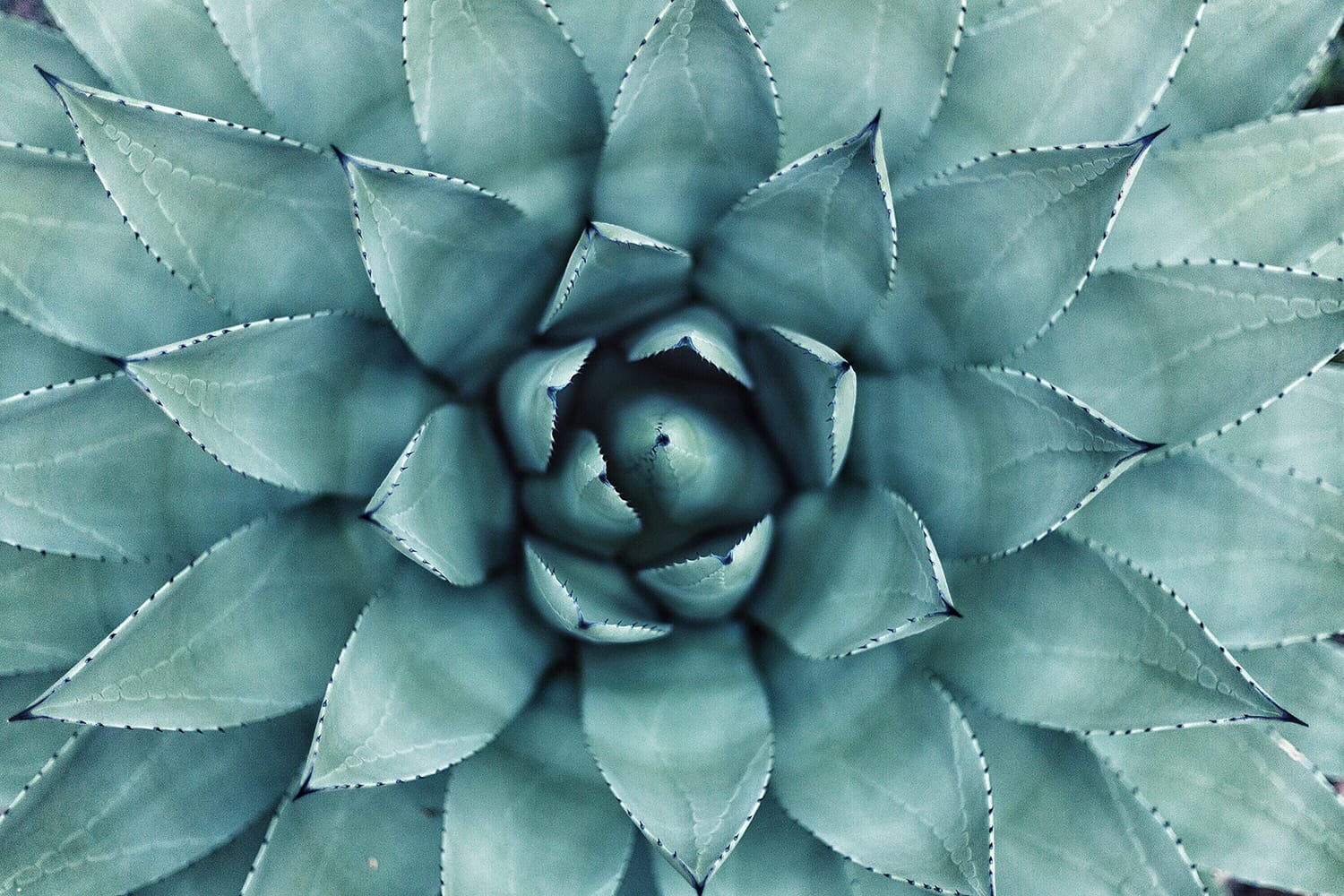
With this in mind, one of the first steps is to visualize what to look for. Flowers and wheels might be great examples of radial composition elements, but there are more to look for while taking photos.
Consider a broken window as an example. It is a shot that would not generally come to mind but can become a great art piece when shot from the right angle. A tree stump with circular rings on top is another example – focus on the stump from a top-view.
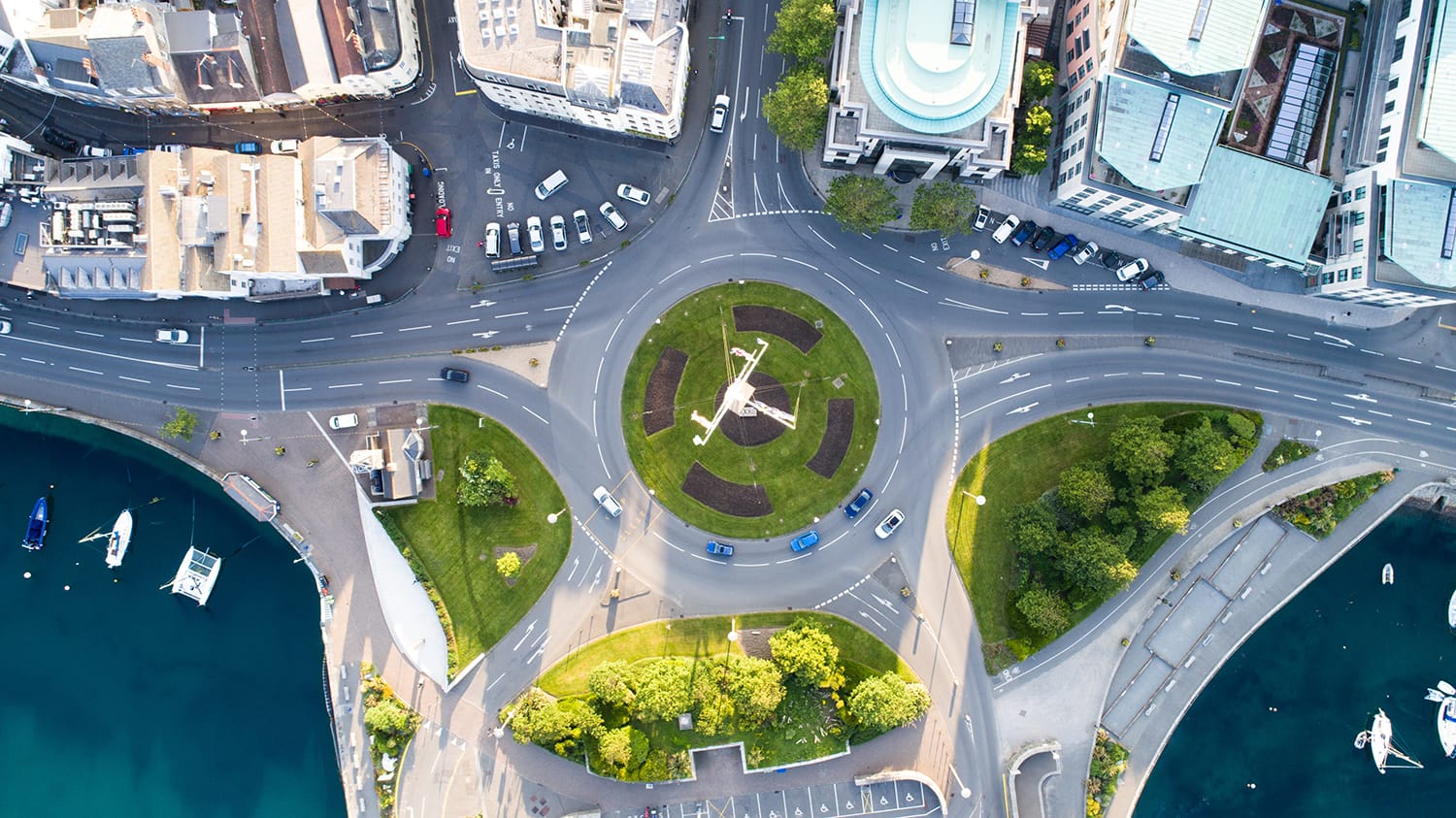
Other examples of elements that can be used to add radial impact to a photograph may include:
- Circular patterns on the shell of a snail
- A shot of an eye, with the pupil being the center point
- Fireworks shooting in the sky can create a radial effect
- A staircase that features a spiral layout, circling the walls
- A reflection in the water that makes a circular shape, radiating from the interior toward the outside
While it is important to realize how radial composition can be identified, it is also important to note that there are two types to this technique.
Radial elements in a photograph can be either sharp or fluid. Each comes with its opportunities and effects, so you should learn the differences.
Sharp lines tend to be more erratic than fluid ones. These are often used to create a sense of energy in a photograph. Movement is portrayed with the use of such lines, even though a picture is a still image.
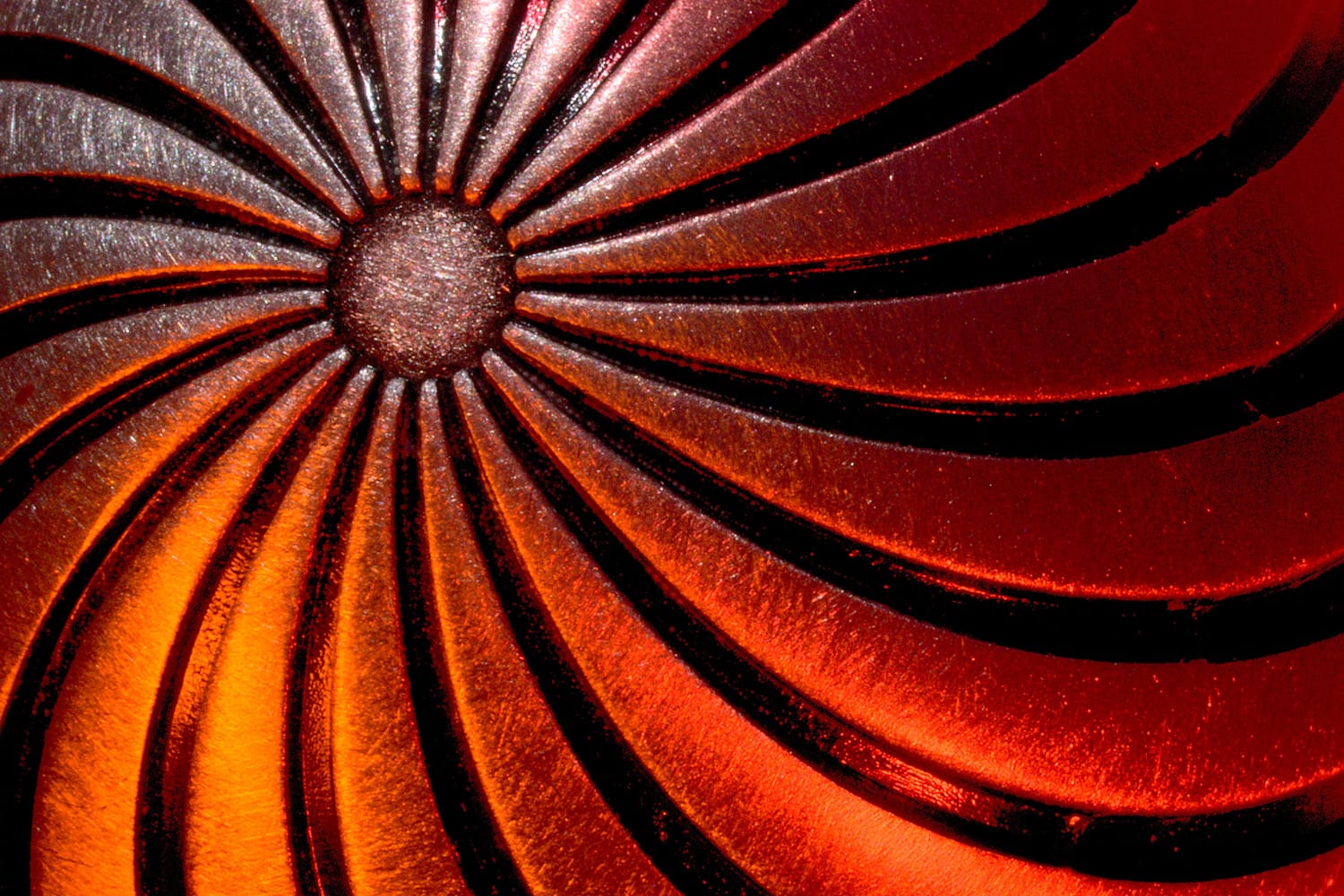
Fluid elements, on the other hand, tend to create a shot that is more harmonious and calming.
Keep in mind that the radial effect does not have to come from the subject itself. You are free to experiment with methods that allow creating a radial composition when there are no circular shapes in the frame.
Combining multiple elements that form a circular or radial shape is a great way to achieve this.
Camera movement can also generate a radial effect. This is often done when lights are found in the frame. By using a long exposure and capturing light trails can create lines throughout the image and, if done right, can make a radial composition element.
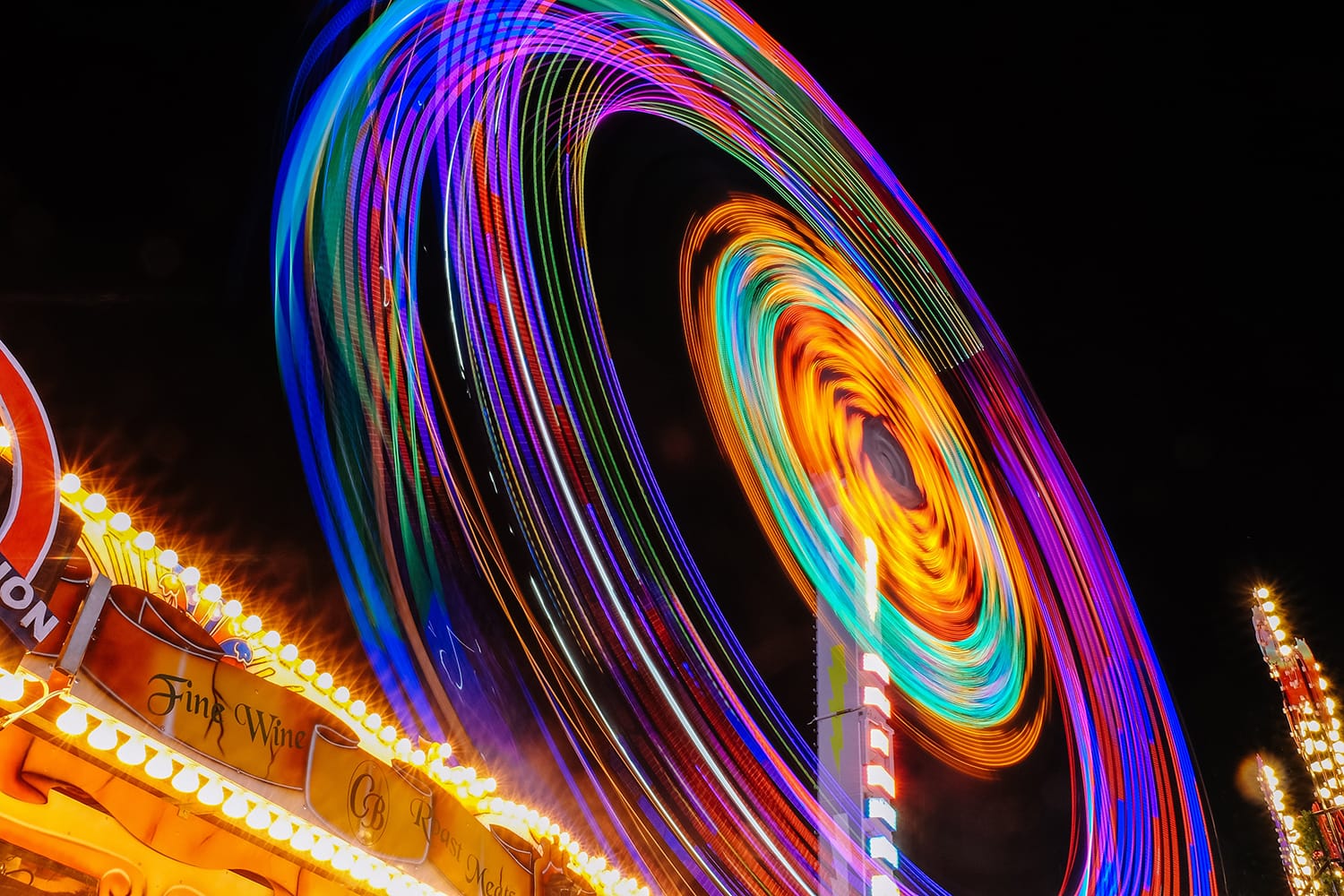
In some cases, this technique is used for emphasis, too. A simple image can take on added depth, for example. A radial composition element is brought into the picture to help emphasize the main subject of the photo.
Conclusion
Radial composition is a technique that takes advantage of a radius within a shot. The right angle can amplify the radial element in a photo, which adds an interesting twist to the picture.
By learning how to achieve symmetry through radial composition, you can make your photos stand out while also providing a better overall balance.
